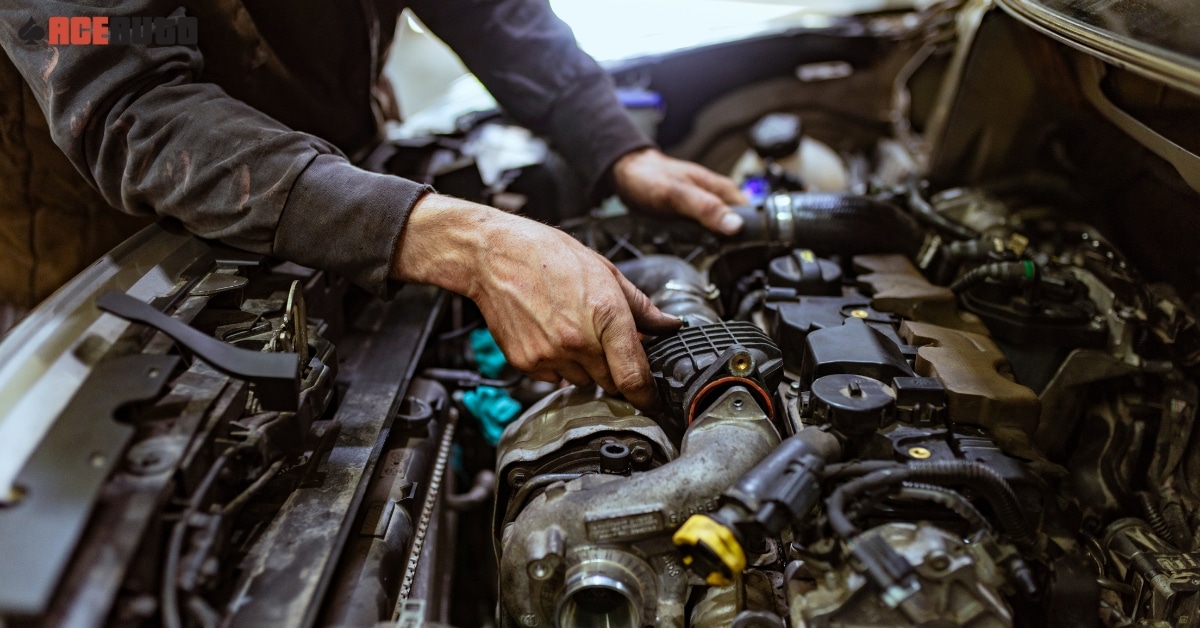All Categories
Featured
When it comes to automobile maintenance, tires are usually among the most forgotten elements, although they play a critical role in the safety and security and effectiveness of your car. Tire rotation and positioning are two necessary solutions that help ensure your tires use evenly, last longer, and proceed to perform at their ideal. Right here's whatever you need to find out about tire rotation and positioning and why they matter for your automobile.
What Is Tire Turning? Tire turning is the procedure of moving the tires from one setting to one more to make certain also put on throughout all 4 tires. The front and rear tires of an automobile wear at different rates because of the weight distribution and the fact that the front tires take care of both steering and braking. By turning the tires routinely, typically every 6,000 to 8,000 miles, you can balance out the wear and prolong the life of your tires.
In many vehicles, the tires will certainly be revolved from front to back, and sometimes, side-to-side, depending upon the tire type and your auto's specifications. This guarantees that each tire births an equal quantity of stress and strain. Regular tire rotations also improve vehicle handling and ride high quality, as well as add to much better gas performance.
What Is Tire Placement? Tire positioning refers to changing the angles of your car's wheels to guarantee they are located properly according to the producer's requirements. Appropriate placement guarantees that your tires are identical to one another and vertical to the ground, which assists enhance the overall handling, security, and lifespan of your tires.
There are 3 key facets of placement:
Camber: The tilt of the wheels when watched from the front. If the wheels lean internal or exterior, it can create uneven tire wear. Wheel: The angle of the steering axis when viewed from the side. Correct wheel positioning makes sure stable steering and better automobile control. Toe: The angle at which the tires aim inward or outward when checked out from above. Inaccurate toe positioning can create tires to use erratically and affect handling. Misalignment can happen as a result of variables like hitting potholes, aesthetics, or driving over rough surface, and even regular driving over time can progressively cause imbalance. Getting a placement check every 1-2 years or when you notice taking care of issues is crucial for ideal tire performance.
Why Are Tire Rotation and Alignment Important? Maximized Tire Life:. Tire turning makes certain even put on throughout all 4 tires, protecting against premature tire replacement. Misaligned tires put on unevenly, which can bring about the demand for more frequent tire substitutes. Both tire turning and alignment increase the life-span of your tires, saving you money in the future.
Improved Safety And Security:. Proper positioning helps keep your car tracking right, enhancing stability and handling. Misaligned tires can bring about drawing, that makes it tougher to control your vehicle, especially at high speeds or in emergency scenarios. Tire rotation additionally ensures your vehicle's handling continues to be consistent, improving your ability to quit promptly and keep control.
Better Fuel Effectiveness:. When your tires are effectively aligned, they experience less rolling resistance, indicating your engine does not have to work as hard to move the vehicle. This decreases gas consumption and enhances gas mileage. Imbalance can create your tires to drag, causing bad fuel effectiveness.
Smoother Adventure:. Misaligned or unevenly used tires can create vibrations in the steering wheel or car body, which can be uneasy while driving. Normal tire rotation and alignment can give a smoother and quieter ride, decreasing unneeded noise and resonances.
Signs You Need Tire Rotation or Positioning. It is necessary to be familiar with cautioning signs that your tires might need interest. Keep an eye out for:
Irregular Tire Wear: If you observe that a person tire is a lot more used than others, maybe an indicator that it's time for a turning or placement. Guiding Drawing away: If your lorry draws to one side, specifically when you're driving straight, it could suggest imbalance. Resonances or Unusual Noises: If your steering wheel trembles or you listen to a buzzing or whining sound, your alignment may be off. Squealing Tires: A high-pitched screech can indicate imbalance or that your tires are used erratically. If you observe any one of these signs, it's a great idea to have your car evaluated as soon as possible to avoid more damage to your tires or suspension system.
How Commonly Should You Turn and Align Your Tires? Tire rotation is generally recommended every 6,000 to 8,000 miles or every 6 months, depending on your cars and truck's manual and driving conditions. It's also a great idea to turn your tires throughout oil adjustments to ensure they get the attention they require.
For positioning, many professionals suggest having your tires straightened annually or if you notice any kind of managing concerns. If you have actually recently hit a pocket, visual, or another barrier, it's an excellent concept to have your placement examined quicker to stay clear of irregular tire wear.

Conclusion: Preserve Your Tires for Durability and Safety and security. Tire rotation and placement are easy yet crucial elements of car upkeep that contribute to longer tire life, improved security, and much better fuel efficiency. By complying with the recommended service intervals for tire rotation and placement, you can guarantee your tires remain in leading problem, offering a smoother and more secure driving experience. Normal upkeep assists you avoid unforeseen tire wear, pricey repair services, and prospective mishaps, making it a wise investment for your cars and truck's general performance.
Latest Posts
Building a Solid Financial Future with WyHy
Full Circle Strategic Marketing - Modern Website Design That Drives Conversions
Ornamental Iron Fencing: Beauty and Stamina